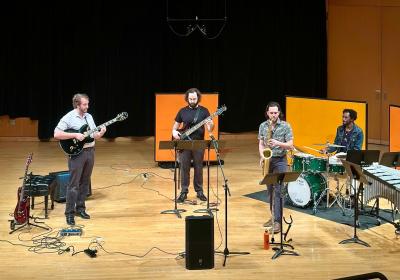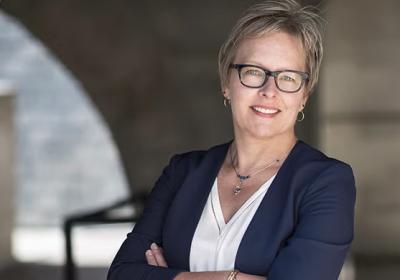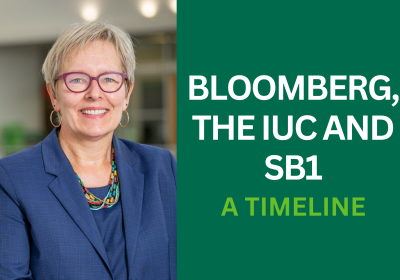Chemistry Professor David W. Ball describes his remote learning experience
For Chemistry Professor David W Ball, Ph.D., the transition from a face-to-face classroom setting to remote learning has been fairly straightforward.
Because he's done remote learning before, and because his scholarship in research and writing is computer-based, he is fairly comfortable using computers and other related hardware.
"It likely varies by class, but in my case, students are sending screen shots of assignments for review, which I can mark up using my tablet and return to them as feedback," Ball said about transitioning with assignments. "On the downside, doing it that way takes significantly more time than looking over paper submissions and returning them all together in class. Also, the email traffic between me and my students has gone up tremendously."
Ball said his students' transition to the new process of remote learning has gone well. A few students had problems with hardware, but after a few days everyone was able to connect. What he noticed is that everybody has been extremely patient and flexible as the university, professors and students work things out.
Ball said the easiest part of the transition has been the huge amount of resources and support provided by IS&T and the Center for eLearning, crediting their efforts as almost superhuman. The hardest part, he noted, is that everyone, especially the students, want answers immediately and it occasionally takes time to figure things out. Also, from his personal perspective, he has four other people also working remotely in his home. At times he has to fight for bandwidth, and learned that he needs to coordinate with others when there's a need for megabytes-per-second data transfer.
"Gee, will there be future classes? It's pretty clear that the state of Ohio's financial system is going to be extremely and negatively affected by this, and one wonders how that will impact budgets," Ball said about what the transitioning holds in the future. "Certainly there will be cuts in funding from the state, and that will likely mean cuts in employees and programs. There's already talk that some businesses of all sizes, may not survive this; well what about the state colleges and universities? It may be several years before state programs recover from this, and the educational landscape may look very different by then."










